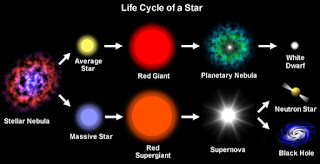MICROGRAVITY
What is Microgravity?
Microgravity is the condition in which people or objects appear to be weightless. The effects of microgravity can be seen when astronauts and objects float in space. Microgravity can be experienced in other ways, as well. "Micro" means "very small", so microgravity refers to the condition when gravity seems to be very small.
In microgravity, astronauts can float in their spacecraft - or outside, on a spacewalk. Heavy objects move around easily. For example, astronauts can move equipments weighing hundreds of pounds with their fingertips. Microgravity is sometimes called "zero gravity", but this is misleading.
Why does NASA Study Microgravity?
NASA studies microgravity to learn what happens to people and equipment in space. Microgravity effects the human body in several ways. For example, muscles and bones can become weaker without gravity making them work as hard. Astronauts who live on the Space station spend months in microgravity. Astronauts who travel to Mars also would spend months in microgravity travelling to and from the Red Planet.
NASA must learn about the effects of microgravity to keep astronauts safe and healthy. In addition, many things seem to act differently in microgravity. Fire burns differently. Without the pull of gravity, flames are more round. Crystals grow better. Without gravity, their shapes are more perfect.
NASA perform science experiments in microgravity. These experiments help NASA learn things that would be hard or perhaps impossible to learn on the Earth.
At hard times of Covid19 shop oximeter at best deals, click here:
Thank You.









Knowledgeable 👏👏
ReplyDelete